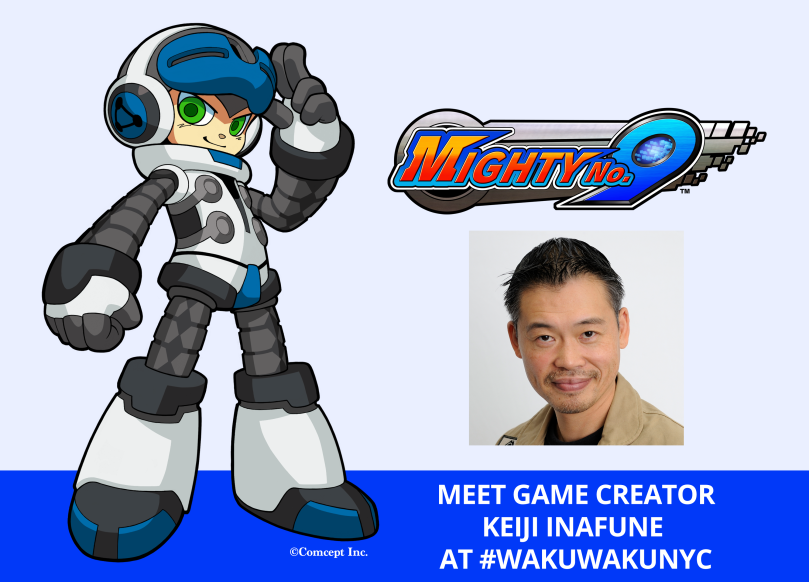Hey, Lolita fashion fans, here’s a bit of trivia for you! Did you know that Lolita fashion was featured in the first Pokémon commercial in Japan?
While Lolita fashion isn’t a major component of Pokémon, it actually shows up in quite a few places, making it undeniably a part of the alternative fictional world of the games, the anime, and beyond.
In your opinion, what’s the best move set for Gothitelle? #Pokemon pic.twitter.com/EkFkldupir
— Pokémon (@Pokemon) November 24, 2014
Gothita, Gothorita, and Gothitelle
A Psychic type Pokémon introduced in Generation V with Pokemon Black/White, Gothitelle is based clearly on Gothic Lolita fashion. Evolving from Gothita and then Gothorita, each time the Pokemon gains an increasingly elaborate “outfit.”
Marley
Introduced in Generation IV with Pokemon Diamond/Pearl Marley is one of many allies your character comes across traveling the Sinnoh region (based on Hokkaido in Japan). Marley (named Mai in Japanese) and her Gothic Lolita fashion were also featured in an episode of the anime.
Valerie
This Lolita fashion character first appeared in the Generation VI games (Pokemon X/Y) as the Leader of the Laverre City Gym who specializes in the newly-introduced Fairy Type Pokémon. Reflecting the spread of Lolita fashion throughout the world, Valerie (Mache in Japanese) is noted as coming from Johto (based on a region of Japan) to Kalos (based on the country of France). Her entire gym is also based on a fairy tale-esque dollhouse.
How would you feel about wearing Lolita fashion in the Pokémon world? Would it be impractical for traveling through caves and mountains, or would you persevere like the characters featured here.
Also, if you’re interested in Lolita Fashion, we have lots planned for our Japanese pop culture festival, Waku Waku +NYC. We even have a Lolita fashion modeling competition planned, and some great Lolita fashion guests, including designers and models from Baby, the Stars Shine Bright and Putumayo. While we can’t guarantee that you’ll find any real Pokémon, why not come to our event in your Lolita fashion, and bring a few Poké Balls just in case? You never know!

